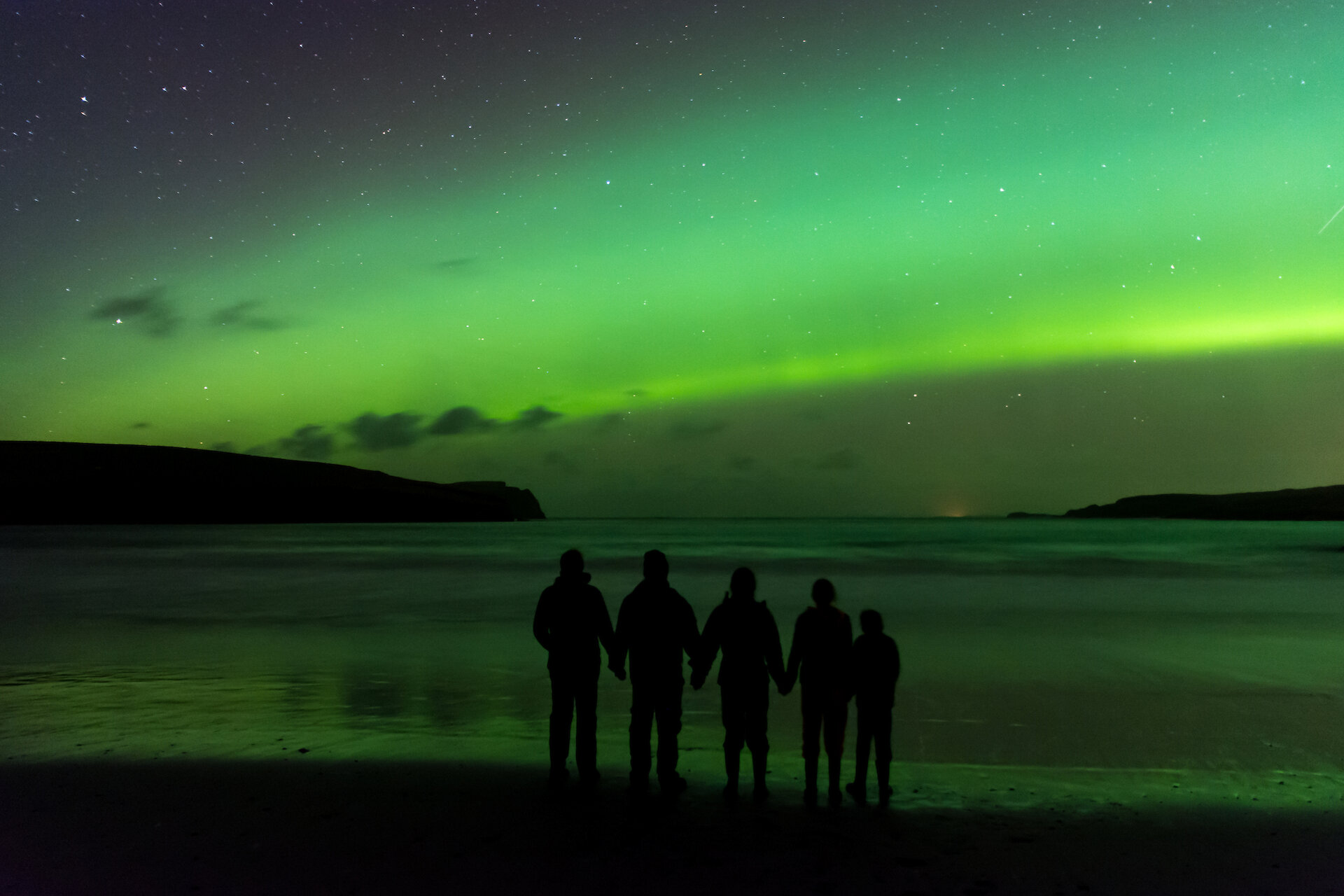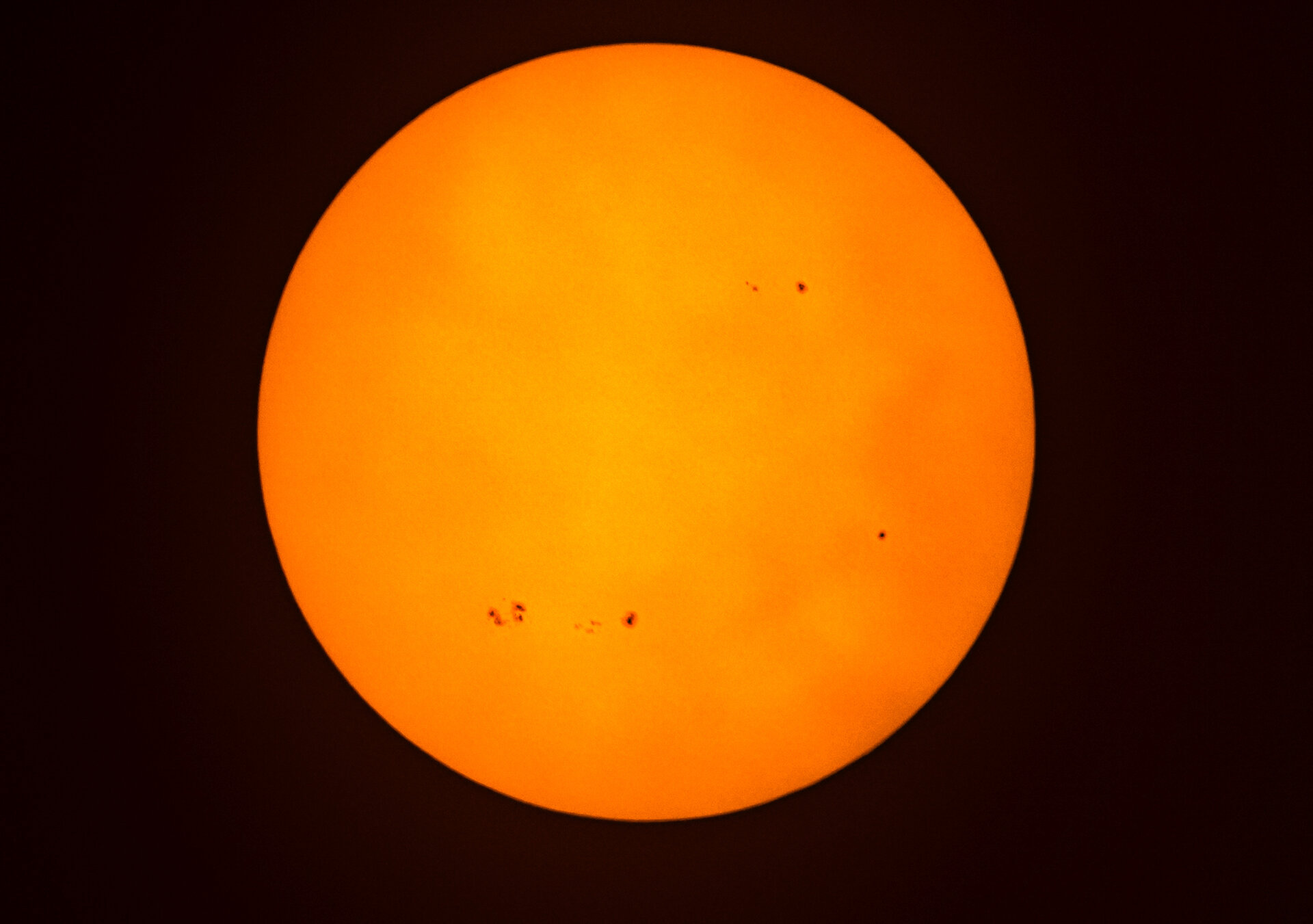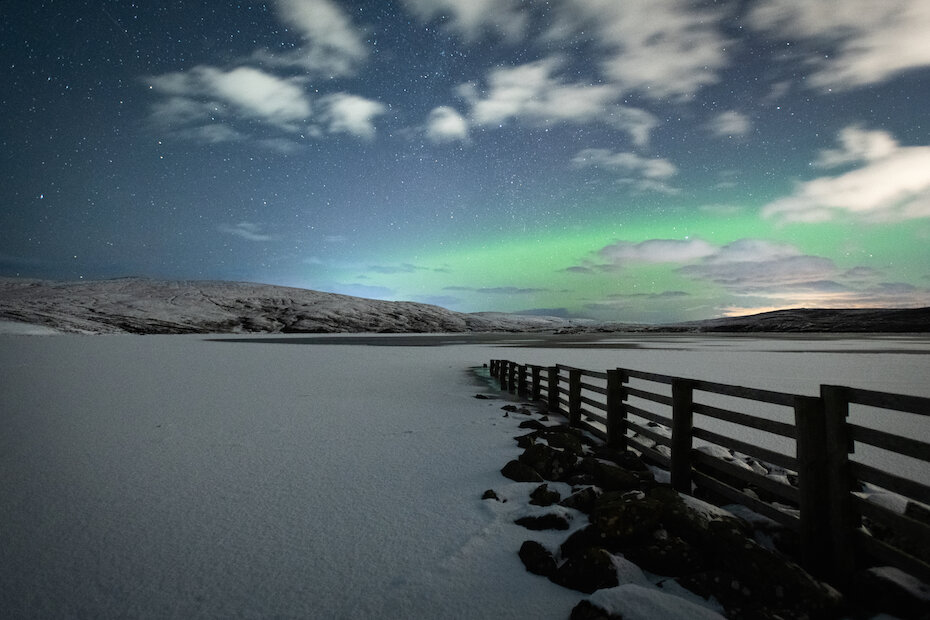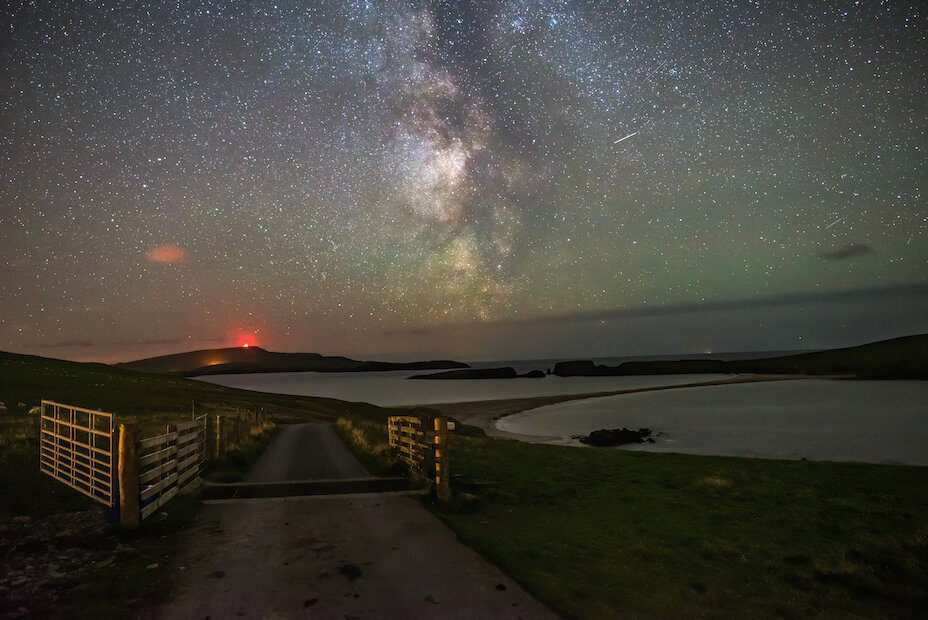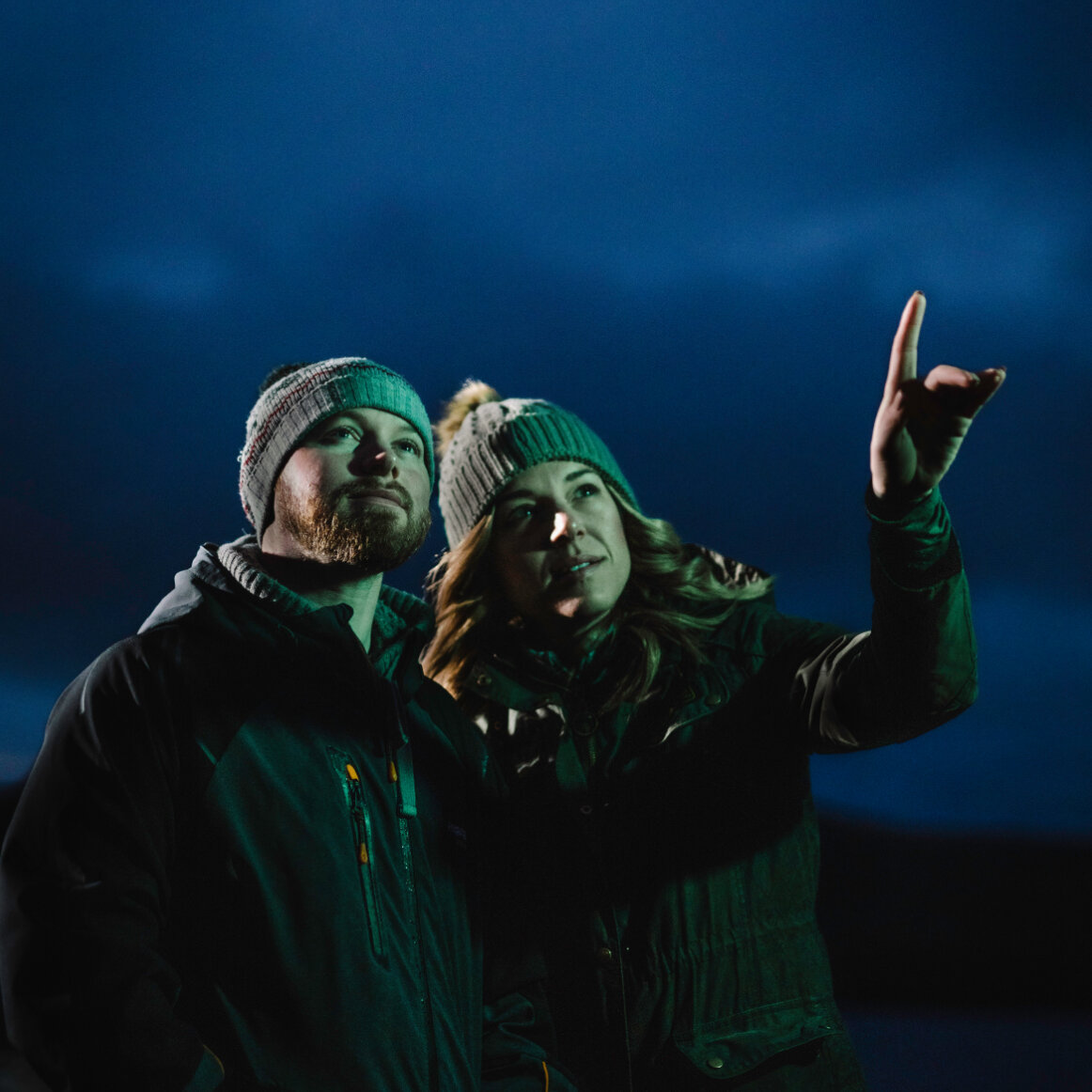The aurora borealis, or mirrie dancers as it is known in Shetland, is the result of solar particles colliding with the Earth's magnetic field, creating a dazzling array of colours in the night sky.
The role of the solar cycle
It’s amazing to think that the northern lights are created by the Sun, a star that is 93 million miles away but solar activity determines how often the aurora appears. When energy is released by solar flares or big storms called Coronal Mass Ejections (CMEs) which erupt from near sunspots, charged particles are spewed into space and if they are earth directed, these storms manifest themselves as auroras.
The good news for anyone wanting to see the northern lights is that sunspots’ activity is rising and is expected to peak in 2025.
Sunspots are temporary phenomena on the sun's photosphere that appear as dark spots, and they indicate areas with intense magnetic activity. The sun goes through an 11-year solar cycle, where the number of sunspots increases and decreases over time.
When the sun's magnetic fields twist and turn due to sunspot activity, they can generate solar flares. These flares can expel charged particles, known as coronal mass ejections (CMEs), into space. When these CMEs hit the Earth's magnetic field, they cause it to oscillate and create a shockwave that moves particles towards the poles. The charged particles then collide with gases in the Earth's atmosphere, producing the northern lights.
During the peak periods of the solar cycle, the number of sunspots and solar flares increases, leading to more frequent and intense Northern Lights displays. The current solar cycle, known as solar cycle 25, is expected to reach its peak around 2025, which means that we are currently entering a prime period for spotting the aurora borealis in Shetland.
While the Northern Lights can theortetically occur throughout the year in Shetland, the best time to see them is during the northern hemisphere winter months, from October to March, when the night sky is at its darkest. Even then it's not always easy, as even if there is significant solar activity, clear skies are needed to witness the northern lights.

